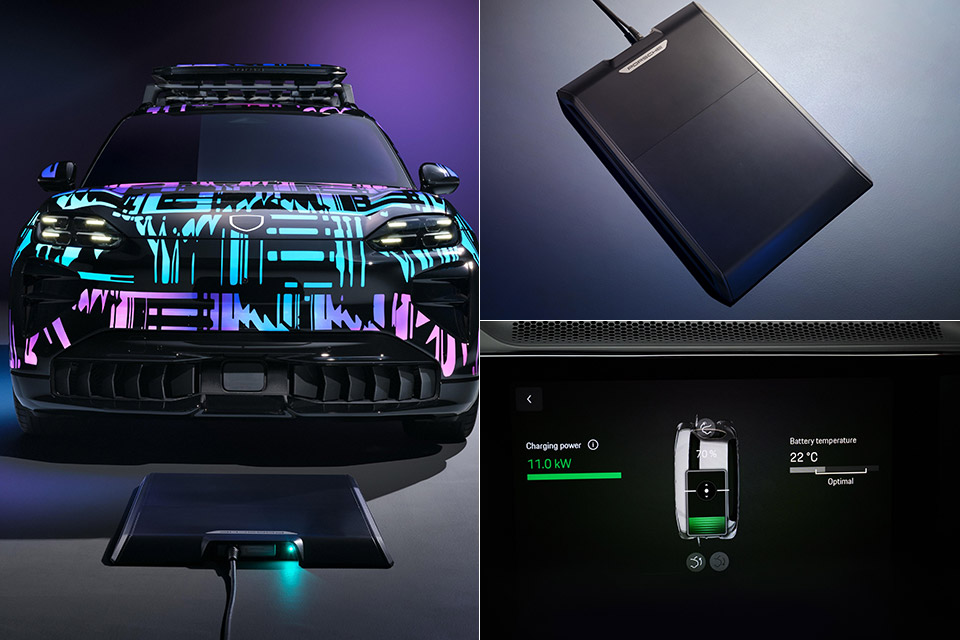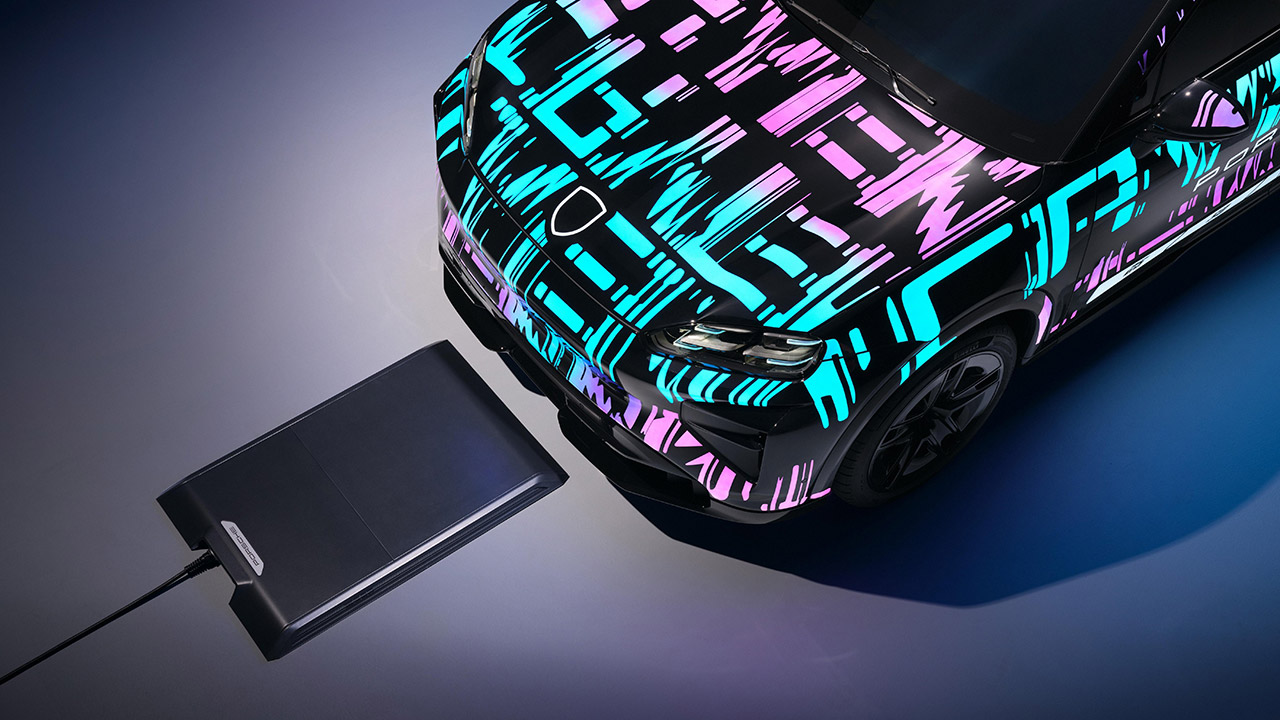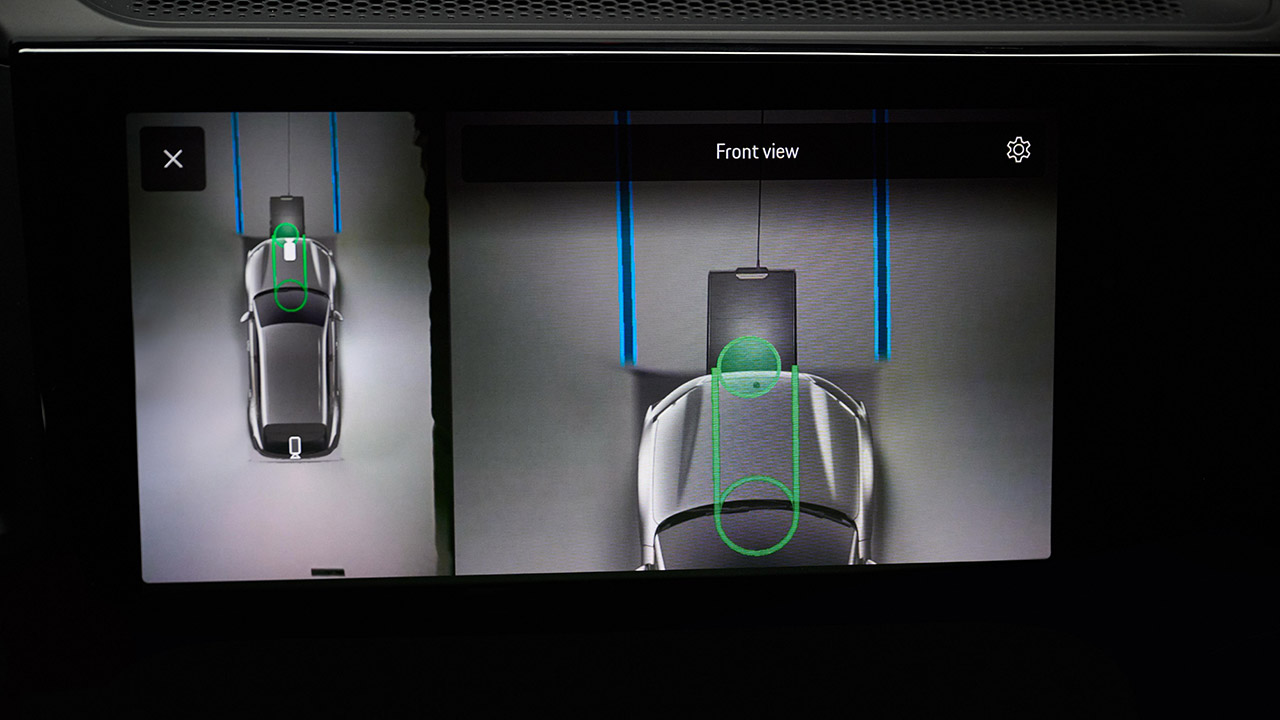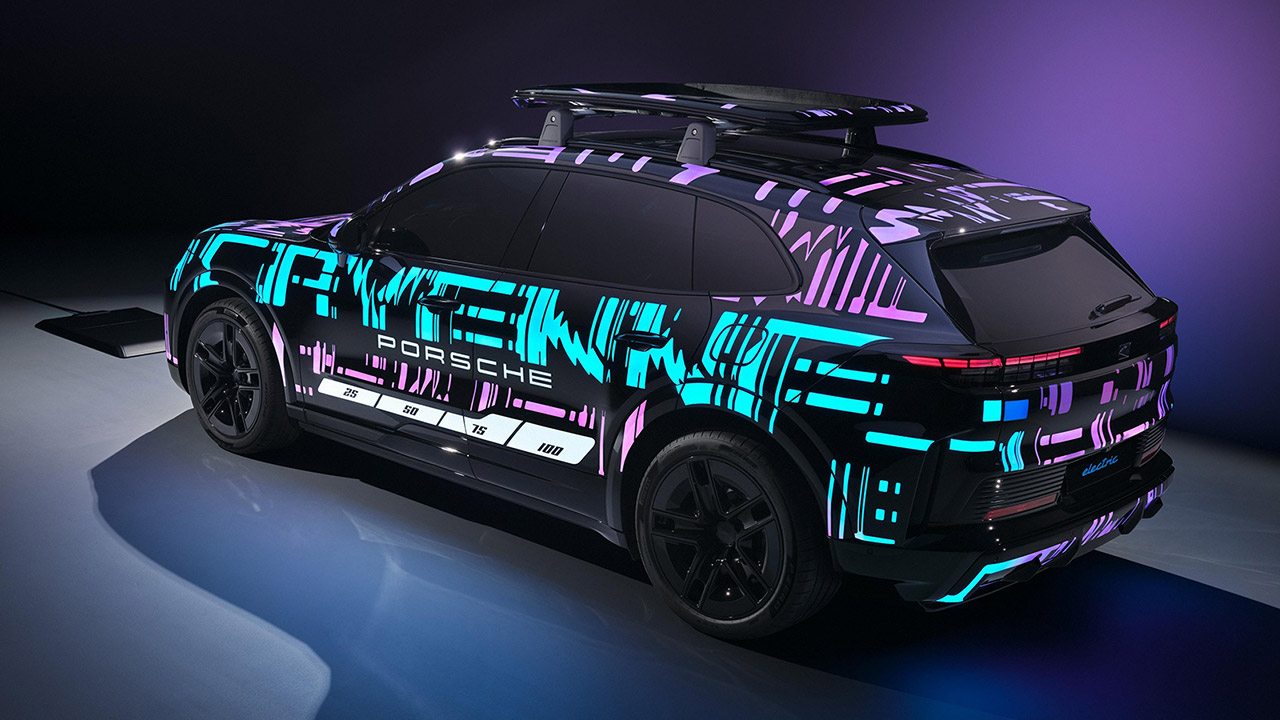Porsche’s Wireless Charging Breakthrough Offers Seamless Leap for Electric SUVs


Porsche just unveiled a wireless charging system at the IAA Mobility show in Munich. It’s set to debut with the 2026 Cayenne Electric and makes charging as easy as parking your car.
A sleek, self-contained charging pad sits on the floor of your garage or driveway, ready for the Cayenne Electric to roll over. The “One-Box” base plate is 46 x 31 inches and 110 pounds. It requires only a power cord and eliminates the need for bulky wall boxes or other hardware. It fits into your parking space and is designed to withstand rain, snow and the occasional tire roll-over. It’s certified for Europe and the US and has motion sensors and foreign object detection to prevent charging if a pet, person or stray metal object (like a coin) gets too close. So the electromagnetic field is safe and controlled.

LEGO Speed Champions Porsche 911 GT3 RS Super Car Toy – Model Kit & Pretend Play Toy for Boys & Girls,…
- BUILD A RACING LEGEND – Boys and girls ages 9 years old and up can construct the LEGO Speed Champions Porsche 911 GT3 RS Super Car (77239) building…
- AUTHENTIC PORSCHE DETAILS – Young builders can recreate the real-life vehicle’s signature elements including the famous rear wing, air intake…
- 1 PORSCHE DRIVER MINIFIGURE – Kids can place the driver minifigure with helmet and red Porsche Track Day Experience outfit behind the wheel to stage…
Under the Cayenne Electric, between the front wheels, is a receiver unit protected from weather and road debris. When you park on the charging station, the two communicate using ultra-wideband technology. A surround-view camera system on the car’s infotainment screen guides you to park the car. Once parked, the Cayenne lowers itself to about 6 inches above the pad, to maximize energy transmission. You don’t need to mess with cables or settings, just park and hit the brakes and it starts.

A magnetic field transports energy from the pad to the car, a process you’re familiar with if you’ve wirelessly charged a smartphone. The field is generated by a copper and ferrite coil in the base plate that runs on alternating current. The car’s receiver coil absorbs this energy and converts it to direct current to charge the high-voltage battery. The system’s 11 kW output is the same as a standard wired household charger. Porsche claims up to 90% efficiency, so very little energy is lost in the process. A 20-80% charge on a 100 kWh battery will take about 5-6 hours, perfect for overnight top-ups.

The My Porsche app lets you watch the charging progress, set timers and preheat the interior of the car, just like a plug-in charger. The pad stays connected via LTE and WLAN modules so you can get remote software updates.

Porsche is focusing on home charging because 75% of its EV customers charge at home, according to company stats. By eliminating the need to plug in, it eliminates a minor but annoying part of daily life. The Cayenne Electric, which will debut late 2025, will be the first model to offer this, with the charging pad and vehicle-side gear available in Europe in 2026, then other regions. It’s an expensive add on, €2,000 for the vehicle equipment and €5,000 for the pad (plus installation costs), but it fits with Porsche’s luxury positioning.

For those who want speed on the road the Cayenne Electric doesn’t skimp on performance charging either. It supports DC fast charging up to 400 kilowatts, one of the fastest rates available, so you can add hundreds of miles of range in under 20 minutes at compatible stations.
[Source]
Porsche’s Wireless Charging Breakthrough Offers Seamless Leap for Electric SUVs
#Porsches #Wireless #Charging #Breakthrough #Offers #Seamless #Leap #Electric #SUVs








